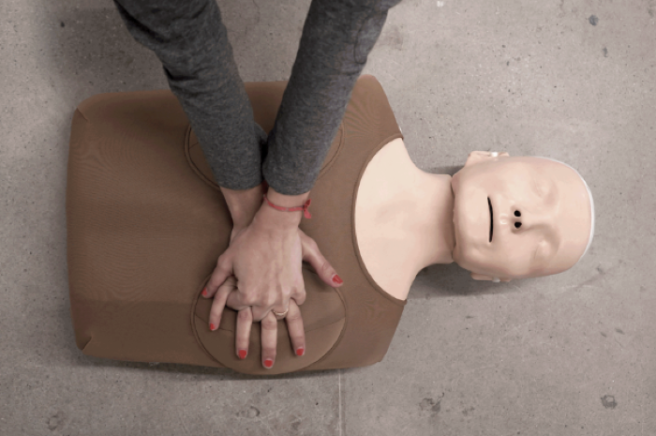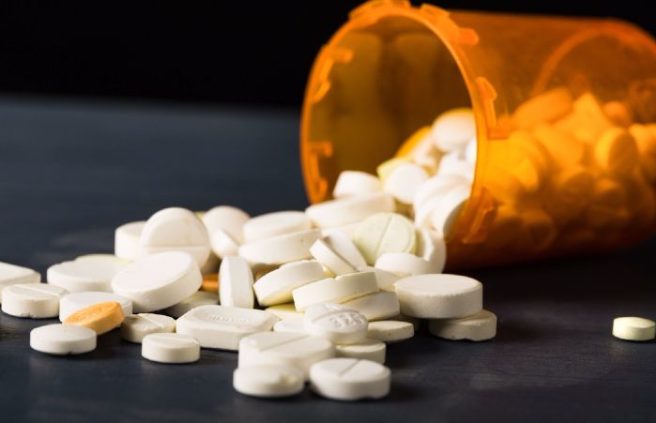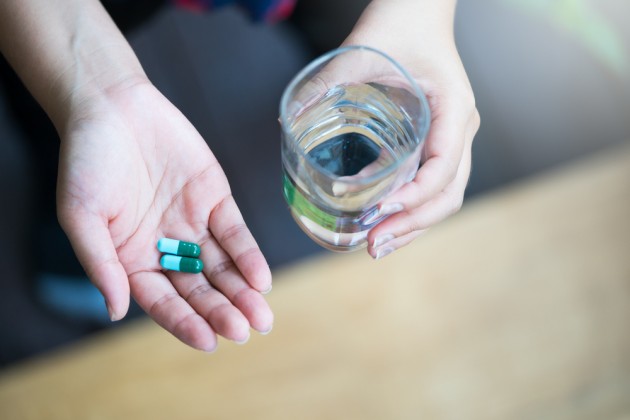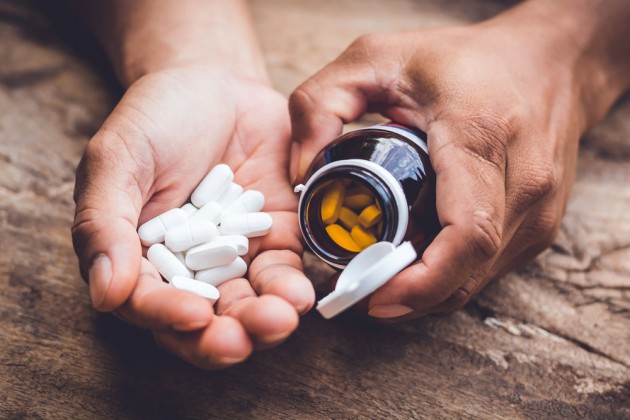
The first female CPR dummy has been created: it only took decades
An organisation called WoManikin has finally created the first standard female CPR dummy in order to reduce the gender health gap.
The product was formed in response to shocking studies by Duke University, which discovered that women suffering from cardiac arrest are 27 percent less likely to receive CPR in public.
Why? Boobs. That’s why. The advertising agency resolved the issue by making a first-of-its-kind attachment of breasts for the dummy.
According to research by the British Heart Foundation, just 34 percent of women are likely to survive from the period of cardiac arrest to the admission to hospital.
It’s a multi-faceted issue, but education is the key to finding a solution. People are totally unused to practising CPR on dummies which resemble women’s actual bodies, and the #MeToo movement has had an effect.
Men are now twice as likely to cite a fear of accusations of inappropriate behaviour or sexual assault as reason for not administering CPR, the University of Colorado found.
The WoManikin was produced in partnership with the United State of Women and JOAN. The organisations involved aim to tackle both sides of the issue, and have the product distributed at CPR training courses across the USA.
The attachment of foam breasts represent a woman’s torso, and those using the attachment will be better placed to perform resuscitation on a woman’s body.
JOAN co-founder and chief creative officer, Jaime Robinson, stated; “At the core of JOAN’s ethos is a deep-rooted commitment to gender equality.” Targeting social unease surrounding CPR is key.
“When we read about the Duke University study and this long-standing problem in the world of CPR, we saw a relatively simple way to help change things.
When is this going to stop? The time is now!
Heart disease is the No. 1 killer of women, but the research has long favored men – Los Angeles Times https://t.co/CAK72IgBa3
— RhondaPharmD (@Rhonda_D) May 29, 2019
“CPR manikins are designed to look like human bodies, but they actually represent less than half of our society,” she added.
“The absence of women’s bodies in CPR training results in hesitation from bystanders, which in turn results in women being more likely to die in cardiac arrest. Our hope is that the WoManikin will bridge this gap in education and, ultimately, save many lives.”
Gender equality in healthcare is still far away in the distance, however. The rolling back of reproductive rights in America and the CervicalCheck scandal displays this unequivocally.
Feature image: www.womanikin.org
















